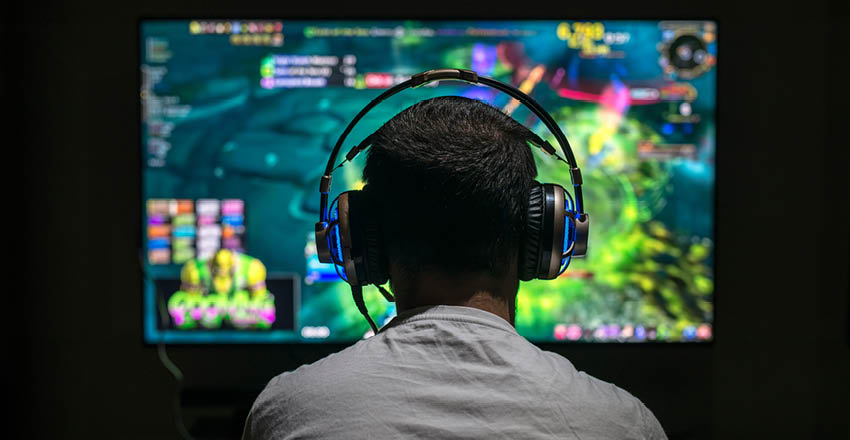
A brief history of the internet. And what it might look like in the future
We use the internet every day, but we rarely think about how it works or what it actually is.
Put simply, the internet is a vast network that connects computers all over the world. It allows people to send, share, and receive information from any other computer or device linked to the network.
Essentially, the internet is a giant communication web that we use to ‘talk’ to each other in simple and complex ways.
We’re all part of the internet. We all contribute to the internet. In a sense, we are the internet, and the internet is us.
“The internet is the town square for the global community,” says Microsoft founder Bill Gates. “We are all now connected to it, like neurons in a giant brain.”
So given how central it is to modern life, here’s a brief history of the internet. And we’ll look at where it might be taking us in the future.
Who first thought of the internet?
It’s hard to pinpoint where the idea for the internet first originated. Like many world-changing and complex technologies, it’s impossible to credit the creation of the internet to just one person.
Instead, it resulted from the ongoing work of hundreds of scientists, programmers, and engineers. They developed each other’s theories, found novel solutions to old problems, and paved the way for future improvements and developments.
But the first suggestions for a worldwide web of information came long before the computer was invented.
Nikola Tesla toyed with the idea of a “world wireless system” in the early 1900s, and visionary thinkers like Paul Otlet and Vannevar Bush conceived of mechanized, searchable storage systems for books and media in the 1930s and 1940s.
Who built the first internet?
The first practical design for a digital web of information appeared in the early 196Os, when Professor J.C.R. Licklider at the Massachusetts Institute of Technology (MIT) presented his work on the ‘Intergalactic Network.’ It popularized the idea of networked computers with accessible user interfaces.
Shortly after Licklider published his seminal paper “Man-Computer Symbiosis, a group of computer scientists developed “packet switching.” It was a new method of transmitting electronic data that would later become a major building block of the first internet.
The first internet
That first internet was built by the Advanced Research Projects Agency Network (ARPANET). Funded by the U.S. Department of Defense, ARPANET was a top-secret research agency for the U.S. military and intelligence services.
Using packet switching technology, ARPANET delivered its first message on October 29, 1969. It was a simple ‘node-to-node’ communication between two computers located at Stanford University and The University of California (UCLA).
The message was short and simple: ‘LOGIN.’
But it still managed to crash the network, and the computer at Stanford only received the first two letters.
The internet becomes the world wide web.
If anyone deserves credit for building the internet we know today, it’s the British scientist Tim Berners-Lee.
In March 1989, Berners-Lee wrote a proposal for a new digital network called the World Wide Web; that’s where the www. before every web address comes from.
Berner’s-Lee’s new world wide web brought us hypertext and Hypertext Markup Language (HTML), the coding language that’s still used to structure web pages and digital content.
The text-based web browser was made available for general release in January 1992. By the mid-90s, it had millions of users.
What comes next?
So what can we expect in the future?
According to futurologist Dr. James Bellini, the web of the future will be defined by greater integration between the digital world and the real world.
Devices will connect to the internet automatically and securely, wherever you are. The idea of being ‘off-line’ simply won’t exist anymore.
Virtual Reality (VR) and Artificial Intelligence (AI) will create more streamlined and interactive experiences in e-commerce, entertainment, education, and business.
Due to rapid developments in brain-computer interface technology, Dr. James Bellini believes that internet users in 2040 will send and receive digital information remotely, i.e., by just thinking about it!
And by 2050, Bellini expects that consumers will be able to plug nanobots directly into the brain for full-immersion virtual reality that directly influences the nervous system. Exciting times ahead? Or scary times? We’ll have to wait and see. But either way, the future internet will be a very, very interesting place.
Share this article
Read more like this
 Broadband for Gamers: How t...
Broadband for Gamers: How t... Optimise your gaming experience with our guide to finding the best broadband […]

